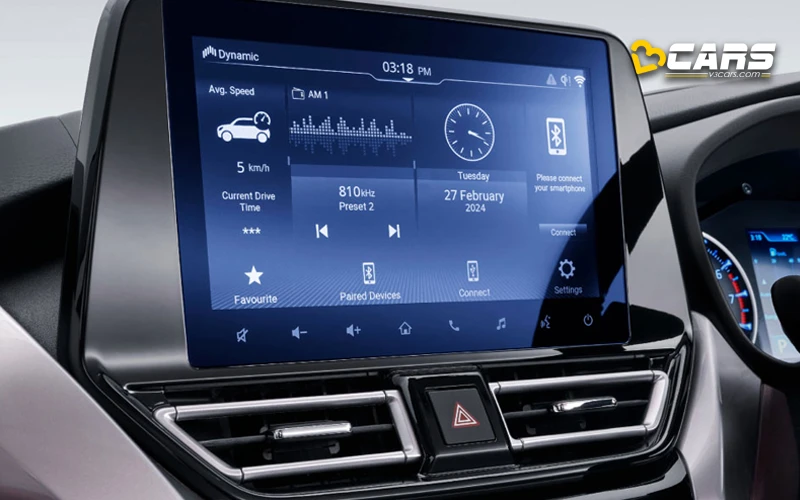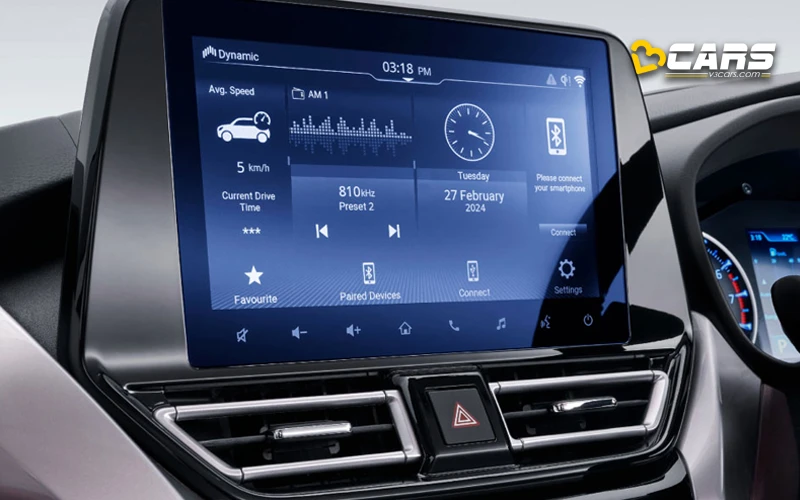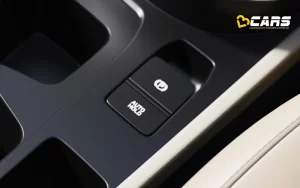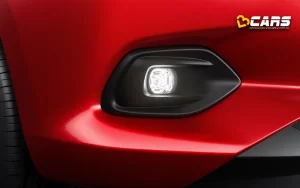
The modern car dashboard is no longer just a sea of knobs and dials. Today’s cars and SUVs feature a central hub for information and entertainment – the car infotainment system. This comprehensive feature integrates a variety of functions, making your driving experience more enjoyable, informative, and, in some cases, even safer.
What Is Infotainment?
The term “infotainment” is a clever portmanteau of “information” and “entertainment.” In the context of cars, it refers to the system that combines features that deliver information to the driver and passengers, alongside entertainment options.
What Is A Car Infotainment System?
A car infotainment system, often called an In-Vehicle Infotainment (IVI) system, is essentially a computer built into your car’s dashboard. It typically features a touchscreen or high-resolution display that acts as the central control interface. Through this interface, you can access a wide range of features, including:
- Audio entertainment: Play music from the radio, your phone via Bluetooth, or streaming services like Spotify or Apple Music.
- Navigation: Get turn-by-turn directions using GPS technology and integrated maps.
- Communication: Make hands-free calls and access your phone’s contacts through Bluetooth connectivity.
- Vehicle settings: Adjust climate control, configure car settings like lighting and audio preferences, and in some advanced systems, even view vehicle diagnostics.
- Safety and security features: Access features like rearview camera displays or parking sensors.
- Connectivity: Connect to the internet through your smartphone or a built-in cellular data connection, enabling features like live traffic updates and weather reports.
Infotainment system features are constantly evolving, with newer models offering voice recognition for hands-free control, integration with apps, Wi-Fi hotspots, and even entertainment options for rear seat passengers.
How Does An Infotainment System Work?
The core of an infotainment system is the head unit, a computer housed within the dashboard. It runs a specialised operating system and connects to various components in your car, including the speakers, navigation system, and Bluetooth module. The touchscreen or buttons on the display act as your primary way to interact with the system.
Many infotainment systems also integrate with your smartphone through platforms like Apple CarPlay or Android Auto. This allows you to mirror your phone’s interface onto the car’s display, providing access to phone apps like maps, music, and messaging in a way optimised for in-car use.
What Are The Pros And Cons Of A Car Infotainment System?
There are many advantages to having a car infotainment system:
- Convenience: A single interface to control a variety of car functions makes driving more convenient.
- Safety: Hands-free calling and navigation features help to keep your focus on the road.
- Entertainment: Infotainment systems provide a variety of entertainment options for both driver and passengers.
- Comfort: Features like climate control adjustments and rearview camera displays can enhance driving comfort.
However, there are also some potential drawbacks to consider:
- Distraction: The wide range of features and sometimes complex menus can be distracting while driving.
- Cost: Cars with higher-end infotainment systems are more expensive.
- Repairs: Infotainment systems are complex and expensive to repair or replace if they malfunction.
- Usability: Some infotainment systems have confusing interfaces or slow response times.
What Is The Cost Of Repairing Or Replacing A Car Infotainment System?
The cost of repairing or replacing a car infotainment system can vary depending on the make, model, and complexity of the system. Simple repairs might cost a few thousand rupees, while a complete replacement for a high-end system could run well over Rs. 40,000.
Instantly Sell Your Old Car With V3Cars Sell Used Car platform
Should You Fix An Infotainment System from Outside Or Aftermarket?
If your car’s infotainment system malfunctions, you may have a few options besides going to the dealership:
- Software updates: Many manufacturers release software updates to fix bugs or improve functionality. Check your car’s manual or the manufacturer’s website to see if an update is available.
- Independent repair shops: Some independent repair shops specialise in fixing car infotainment systems. This can be a more affordable option than going to the dealership.
External Car Infotainment System Installation
If your car doesn’t have a built-in infotainment system or you’re unhappy with the existing one, you can consider installing an external car infotainment system. These aftermarket systems come in various sizes and with a wide range of features.
Now Find Out The Fuel Price In India Using V3Cars
Also Read: Used Car Buying Guide – Age Vs Mileage – What Is The Ideal Combination?




